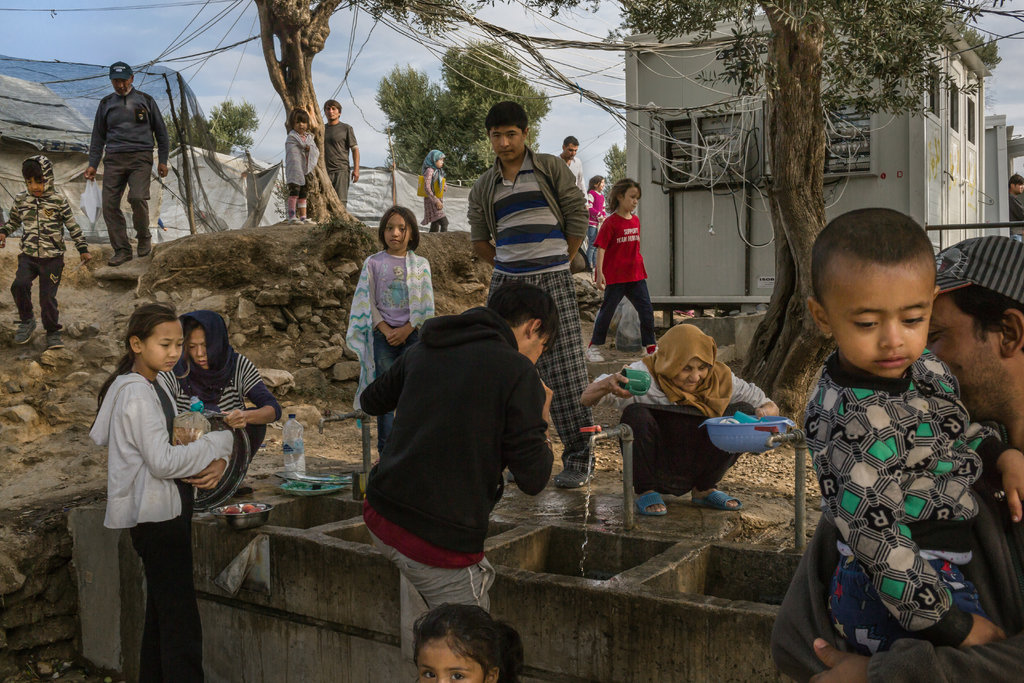Today, Moria is the most visible symbol of the hardening European stance toward migrants — one that has drastically reduced unauthorized migration, but at what critics see as a deep moral and humanitarian cost.
He survived torture in Congo, and a perilous boat journey from Turkey. But Michael Tamba, a former Congolese political prisoner, came closest to death only after he had supposedly found sanctuary at Europe’s biggest refugee camp.
Stuck for months at the camp on the Greek island of Lesbos, Mr. Tamba, 31, tried to end his life by drinking a bottle of bleach.
“Eleven months in Moria, Moria, Moria,” said Mr. Tamba, who survived after being rushed to hospital. “It’s very traumatic.”
Mr. Tamba’s experience has become a common one at Moria, a camp of around 9,000 people living in a space designed for just 3,100, where squalid conditions and an inscrutable asylum process have led to what aid groups describe as a mental health crisis.
The overcrowding is so extreme that asylum seekers spend as much as 12 hours a day waiting in line for food that is sometimes moldy. Last week, there were about 80 people for each shower, and around 70 per toilet, with aid workers complaining about raw sewage leaking into tents where children are living. Sexual assaults, knife attacks and suicide attempts are common.
The conditions have fueled accusations that the camp has been left to fester in order to deter migration and that European Union funds provided to help Greece deal with asylum seekers are being misused. In late September, the European Union’s anti-fraud agency announced an investigation.
Source: NY Times
